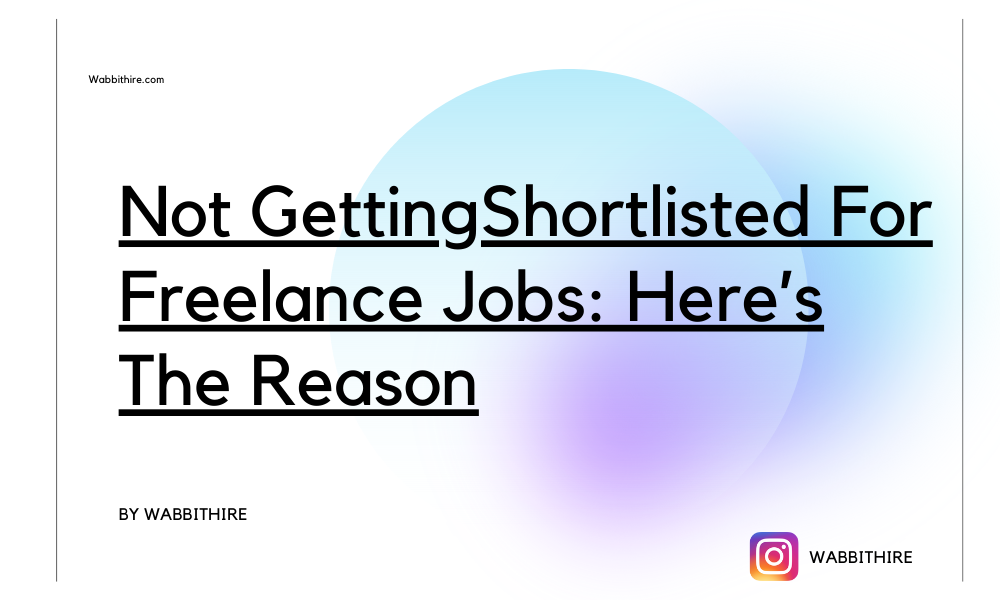At times, academic writing can appear to be a taxing job. Writing for an academic audience can be complex and difficult. It requires practice, skills, and in-depth of the subject to keep readers engaged. However, with a defined approach, this can be made easy. Various methods can help in academic writing.
Understand What’s Academic Audience
Be mindful of your audience all the time. Keep in mind who you’re writing for and what they already know. When writing for an academic audience, you need to know what they want from the piece. The idea or argument presented in the article must be thoroughly understood.
Academic audience varies subjectively. It has a different style, tone, and format for different disciplines. When it comes to academic writing, the power of community is important. Once an understanding of the audience is gathered, it easily wraps the writing around them.
It is necessary for arguments supported by facts to have a foundation. As a medium, you are responsible for combining facts to capture the right audience. Let’s learn academic tips for foundational writing. Here are some tips to help you get around and start writing.
Use a Captivating Title
The title of your topic must be based on your main argument. Reading the title can help you understand what the story is about. It is one of the most straightforward, direct, and effective methods of reaching the intended audience. And, it is important to realize that your title is the first thing that gets noticed. It should provide a glimpse of the argument you will be discussing.
Make Identification of Content Easy
The introduction page is the point at which you impress the reader. It is here where you explain the reason they should read the article. What insights does this article provide? That is why focus on your argument. Acknowledge that you are offering a perspective on the issue they have identified.
The objective should be to modify the reader’s view rather than explain an idea. The perspective you present in your article should be your own. Make it easy by compiling a list of objectives and providing background to the reader. Make it easy to read and follow a flow.
Focus on the Concept
When writing for an academic audience, focus on a single subject at a time. Gain an in-depth knowledge of the concept behind the article you are writing. Construct your argument around that concept and surround your facts accordingly. The information you are presenting must be connected to the main theme.
Ensure that your article is precise, straightforward, and debatable. This suggests that you are open to engaging in discussions regarding your findings. Inform your audience that your argument is valid and requires more discussion.
Make a Rough Outline
Create an outline after you have identified the argument. An outline guides the structured analysis of the article. It helps in the continuation of the article’s perspective. Along with that, it helps reduce writer’s block for those who are experiencing it. It organizes thoughts and ideas and figures out the order. Thus, a sequence can be formed to create a flow for the readers.
Language Style
Always remember the necessary language and style you need to follow. It is important to have clarity and responsibility in your content. The article does not need to be repetitive. It is essential to maintain a connection between concepts and ideas. Understand how a point needs to be conveyed. Use simple language and frame your sentences according to known vocabulary. Remember the necessary styles and formats used in writing for an academic audience.
Citation is Necessary
Do a thorough research that confirms your argument. Read as much as possible about your interest in the area. Remember there can be a chance that someone has a similar idea as you. Always reference the authors who have contributed to your argument. Throughout, encourage your readers to acquire knowledge through your article. At the end, provide a formal reference academic style that is authentic.
Differentiation between Abstract and Main Body
Writing for an academic audience requires an understanding of the abstract and main body. The abstract is a concise summary of the article. Remember that once you have written the article, only write its abstract. It helps you consolidate the material effectively. Your abstract should be witty and insightful. It must lead the reader to open your article and know more. Remember abstract never reveals full argument and knowledge. Its main aim should be to increase the reader’s level of curiosity.
Also Read: The Benefits of Attending Content Creation Workshops
Proofread
After completing your first draft, proofread it. You will discover various errors that will leave more space for correction. The more you proofread, the more mistakes you will find. Always make sure you give your article enough time before sending it out. If time permits, read it after 24 hours after your final draft. Involve helping hands to proofread your article. A fresh perspective can always bring new adjustments. Be open and practical while editing your draft.
Keep Conclusions very Brief
Whatever the dost you are presenting must be tie together in your conclusion. While writing for an academic audience, keep your discussion open for readers. Include the necessary points that can be mention at the end. Always have an open argument subject to debate and improve your research. A complete analysis of the article must be presented formally and directly.
Final Thoughts
Remember, academic writing must always follow a certain flow and tune. Always present an idea in a format that keeps the readers craving for more. The audience must always remember the concept you have introduced in your article till the end. Ensure that you are direct and formal with your approach. While writing for an academic audience, don’t forget to cite useful resources. Always try to present facts in their true form with no personal opinions. Maintain the quality of your study by keeping it open-ended at all times.
Follow Wabbithire for more.




